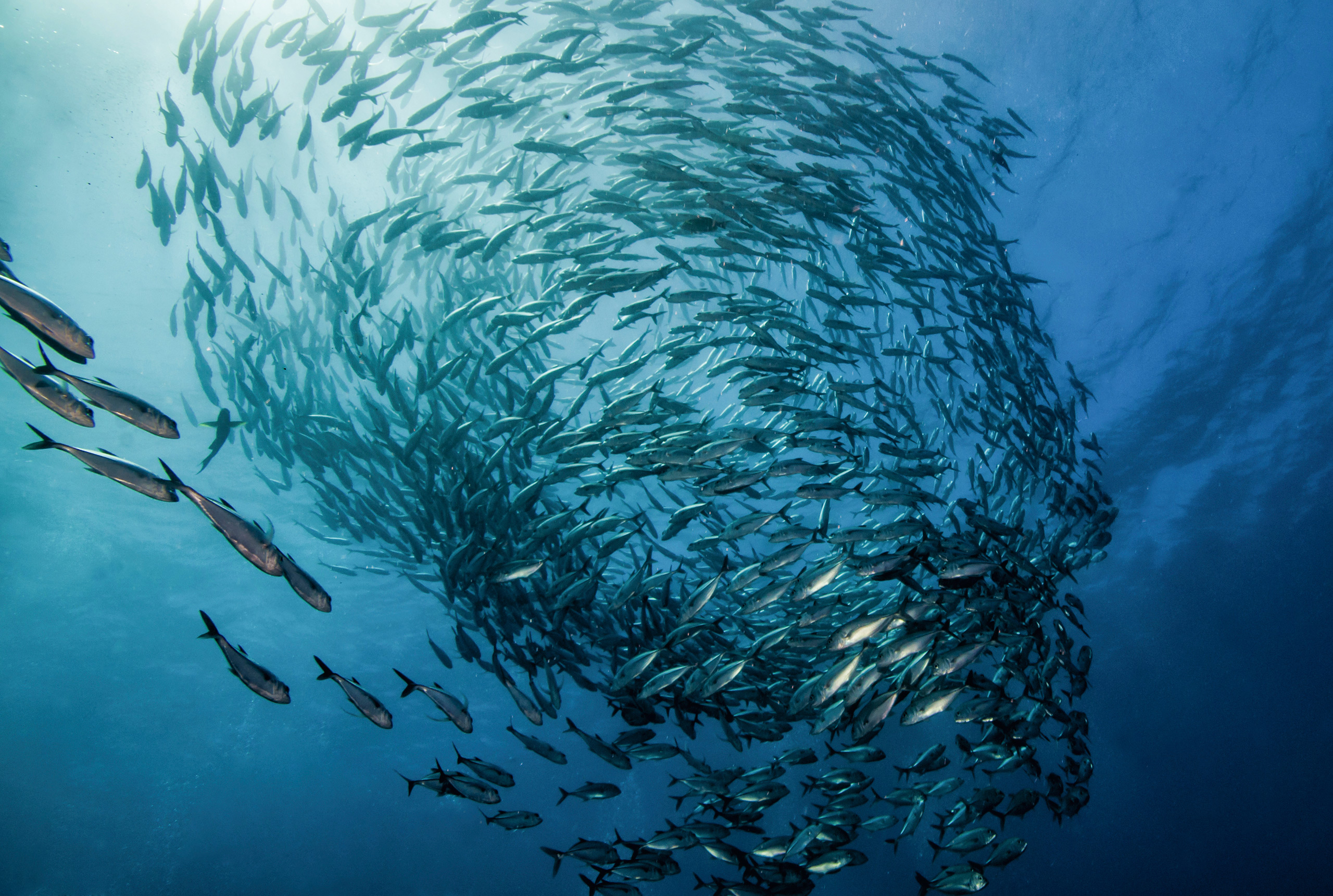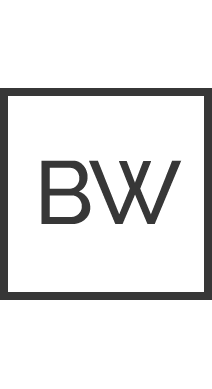
29 Nov And what can we learn from the fish?
by Prof. Dr. Brigitte Wolf (2nd Sustainable Summer School)
When we observe a shoal of fish, we are fascinated by how this great number of individual fish is able to act as large single unit. All of the fish in the shoal turn simultaneously into the same direction, yet they never bump into each other when they move. they always respect each individual’s space, yet the group’s cohesion always seems perfect. It is an interesting phenomenon in which hundreds or thousands of individuals behave in a coordinated fashion. Obviously, there is no leader to tell them what to do – they are selforganised.
The question is how does the selforganisational process function? what are the organisational and/or guiding structures behind it? The workshop title „And what can we learn from fish?“ must be understood as a metaphor for selforganisational systems in general. Our environment – the planet earth – is a super system composed of many selforganising systems. Mankind has added hierarchical organisational systems, such as those found in politics, companies, and institutions. Orders are passed from the top to the bottom in order to steer the organization. Not only fish but also birds, bees, and ants live in swarms, and all of these are selforganising systems. The shoal of fish finds the best place for food. The flock of birds fly south in order to survive cold winters. They switch their positions in the swarm depending on the air stream and thus save energy. When they „dance“, bees show their fellows the shortest way to a food supply. Ants figure out the shortest way to a source of food by producing pheromone trails. A single fish, bird, bee, or ant is actually not that intelligent, but together they develop an incredible intelligence that is capable of achieving great things. They develop what is known as swarm or collective intelligence. This form of intelligence functions by following a limited number of rules. a fish shoal follows, for example, three basic rules:
> separation: steer to avoid crowding local shoal mates
> alignment: steer towards the average heading of local shoal mates
> cohesion: steer to move toward the average position of local shoal mates (1)
That explains how fish organise themselves, but it does not explain how 75 they decide where to find food or how to survive? In their research, Jens and Stefan krause investigated how decisions are made in fish swarms and if the same rules could be applied to swarms of human beings. (2)
The emergent processes between the individuals in a swarm cannot yet be fully explained. For example, ants construct anthills which when compared to the ant’s size are much bigger than the biggest skyscraper ever built by human beings. How is the decision to build an anthill made – when and where is it made? Scientists at the santa fe institute have investigated the rules governing the social behaviour of ants and have discovered what is known as the „ant algorithm“ … read the complete publication here >>


